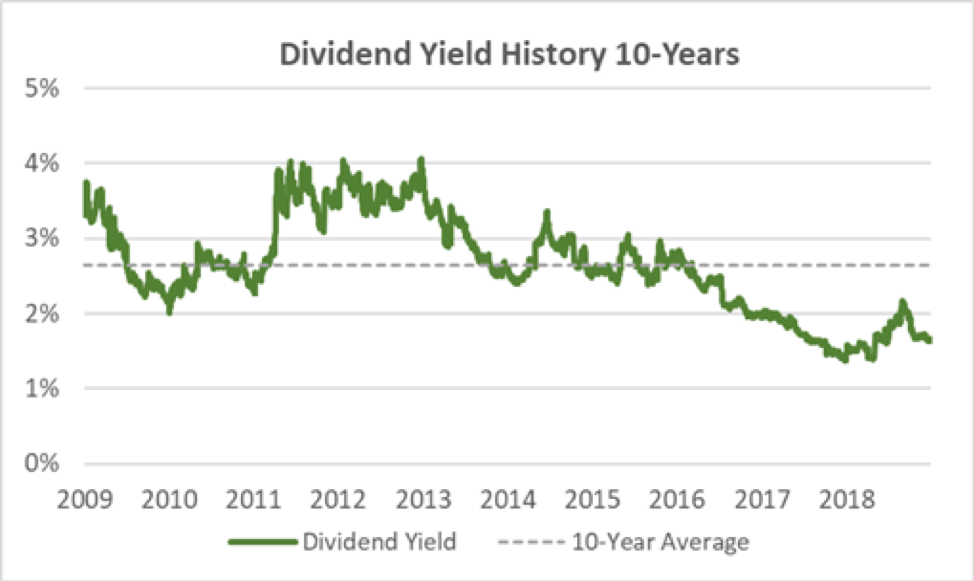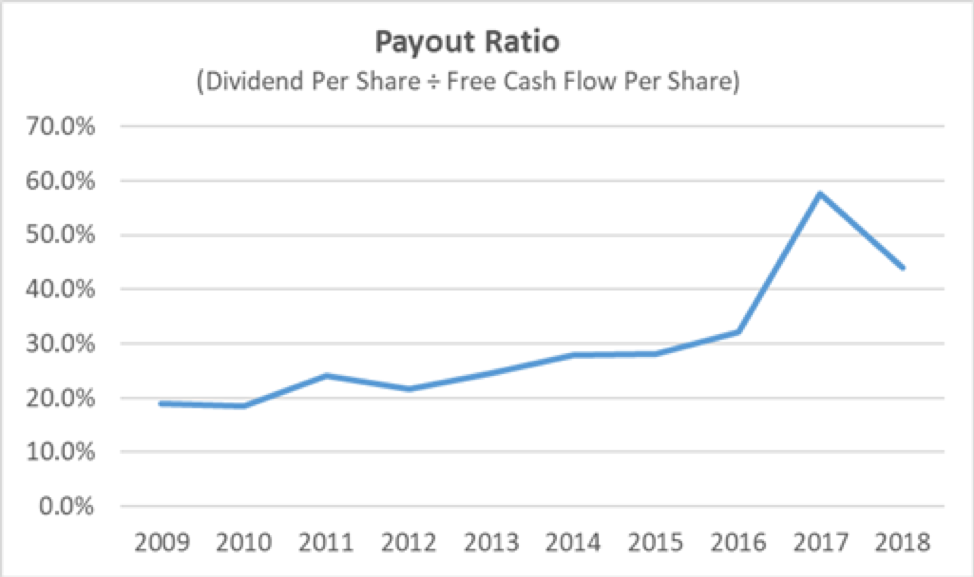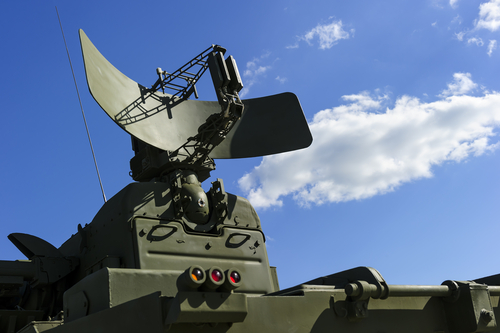Income investors seek a steady stream of dividends. Harris’s dividend history is long and it might make a great addition to an income portfolio. Let’s take a look at the business, dividend history, and payout safety going forward.
Business Overview and Highlights
Harris (NYSE: HRS) is a technology company, defense contractor, and information technology services provider. The $20 billion business is based out of Florida. They produce high-tech equipment like tactical radios, electronic systems, night vision devices, and both terrestrial and space borne antennas for use in the government, defense, and commercial sectors. Harris employs 17,500 people. Last year Harris pulled in $6.2 billion in sales and that works out to $353,000 per employee.
The company operates within the industrial sector and maintains a solid credit rating (BBB) from the S&P. This allows Harris to issue cheap debt to expand operations and pay dividends.
Harris began trading ex-dividend on March 7, and issued a cash dividend of $0.685 per share on March 22. Shareholders who purchased Harris shares prior to March 7 are eligible for the dividend payment.
On April 4, Harris and L3 Technologies stockholders voted to approve a merger between the two global defense technology leaders. The merger is expected to be finalized in mid-calendar year of 2019.
10-Year Dividend History
The company paid investors $0.80 per share annually a decade ago. Over the last 10 years, the dividend has climbed to $2.28. That’s a 185% increase and you can see the annual changes below…

The compound annual growth is 11% over 10 years, but over the last year, the dividend climbed 7.5%. The slowdown in dividend growth isn’t a great sign. Although, Harris still might be a good income investment. Let’s take a look at the yield…
Current Yield vs. 10-Year Average
Harris’s long history of paying dividends makes it one of the best dividend stocks around. This also makes the dividend yield a great indicator of value. A higher yield is generally better for buyers. Sustainability is also vital, and we’ll look at that soon.
The dividend yield comes in at 1.65% and that’s below the 10-year average of 2.64%. The chart below shows the dividend yield over the last 10 years…

The lower yield shows that investors have bid up the company’s market value. They might be expecting higher growth and payouts. But more often than not, the dividend yield is mean reverting with share price changes.
Improved Dividend Safety Check
Many investors look at the payout ratio to determine dividend safety. They look at the dividend per share divided by the net income per share. So, a payout ratio of 60% would mean that for every $1 Harris earns, it pays investors $0.60.
The payout ratio is a good indicator of dividend safety, but accountants manipulate net income. They adjust for goodwill and other non-cash items. A better metric is free cash flow.
Here’s Harris payout ratio based on free cash flow over the last 10 years…

The ratio is fairly steady over the last 10 years and the trend is up. The last reported year shows a payout ratio of 44%. That is higher than most investors would like, but it is passable. Considering 2017’s spike to nearly 60%, Harris is working hard to lower the payout ratio. There is still wiggle room for Harris’s board of directors to raise the dividend.
If you’re interested in seeing more dividend research, please comment below. You can also check out our free DRIP calculator. With it, you can uncover the power of dividend reinvestment growth
Good investing,
Robert
